Hong Kong stocks lead Asian markets generally higher in reaction to the results of Sunday’s district council elections. While the district councils have few real powers, the elections are seen as a referendum on the current unrest, and a confidence vote on the government.
The ballot saw record turnout of 71% with 2.94 million people casting their votes. Pro-democracy candidates won 388 of 446 seats, i.e., near 87%. That’s a huge jump from 125 seats they won back in 2015. On the other hand, the pro-Beijing camp won only 58 seats, down from 299 in 2015.
The elections results should put extra pressure on the Chinese and Hong Kong government to answer the five demands of the protesters. The government will have “no excuse” not to appoint a commission of inquiry on all that happened regarding the extradition bill, including police brutality. Such development would offer some hope for ending the near six month unrest in the city.
The Hong Kong HSI gaps up in Monday’s trading and is currently up 1.76%. Despite the rebound, there is no change in the overall technical outlook. Corrective rise from 24889.93 should have completed at 27894.68. Hence, another decline is still in favor. Break of 26203.97 support will affirm this bearish case and target a test on 24889.93 low next.




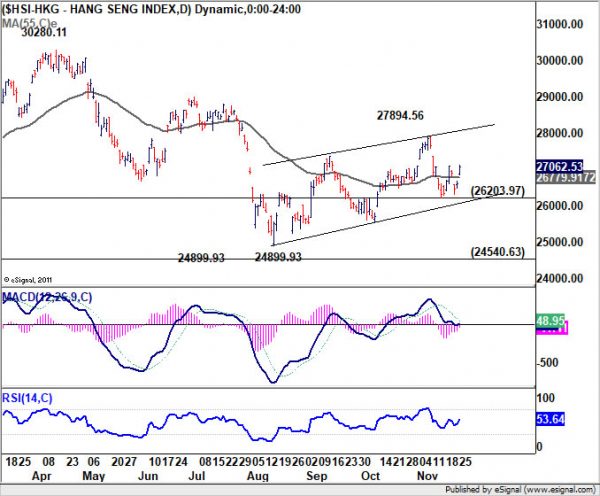
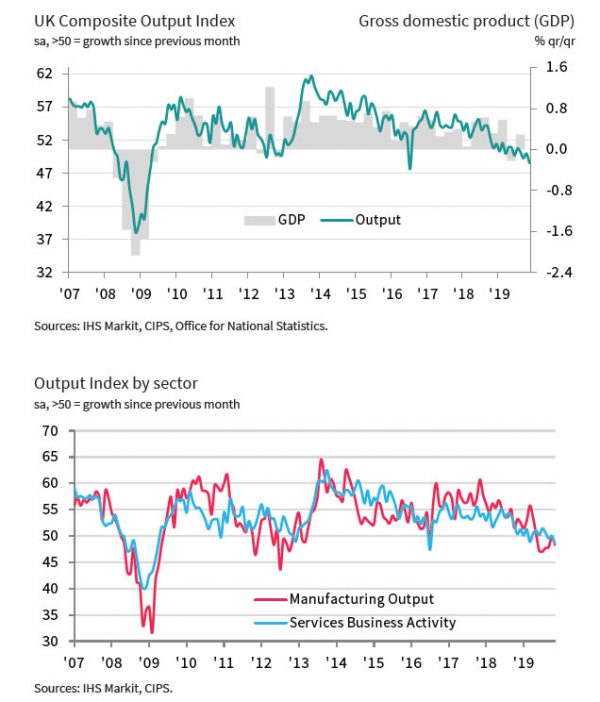
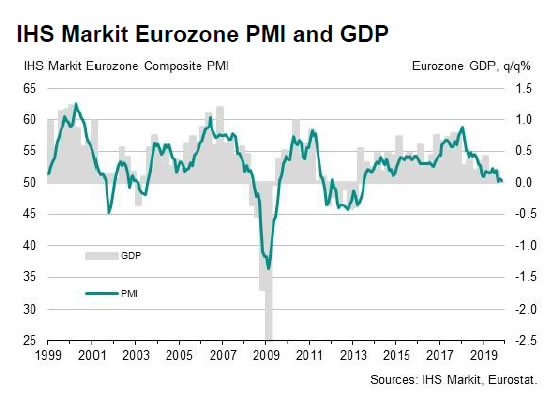
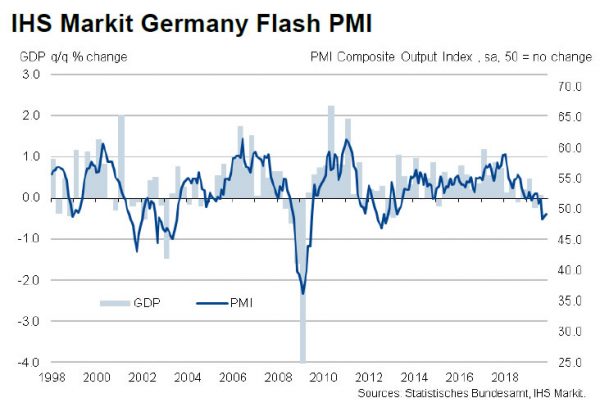
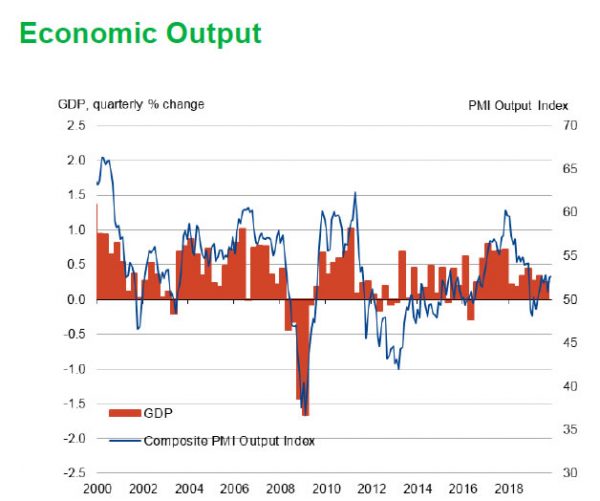
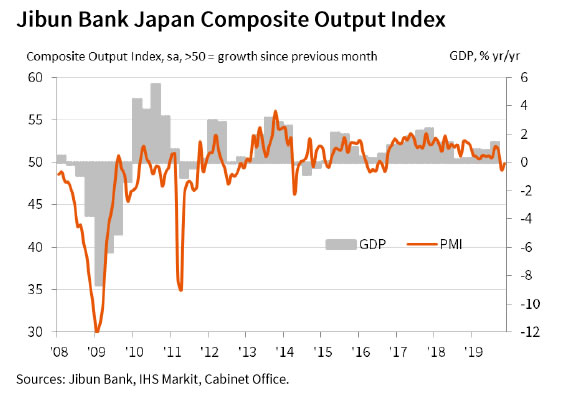
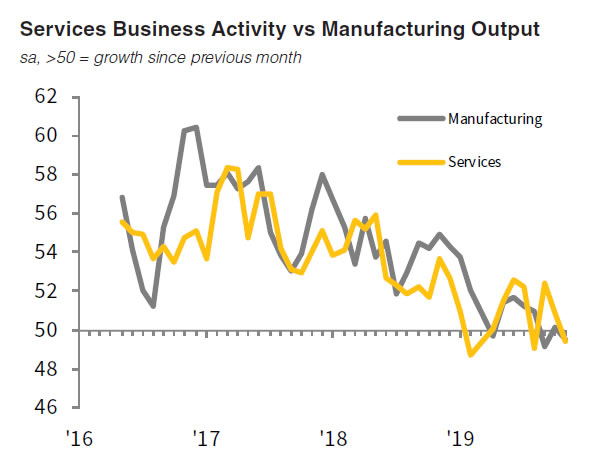
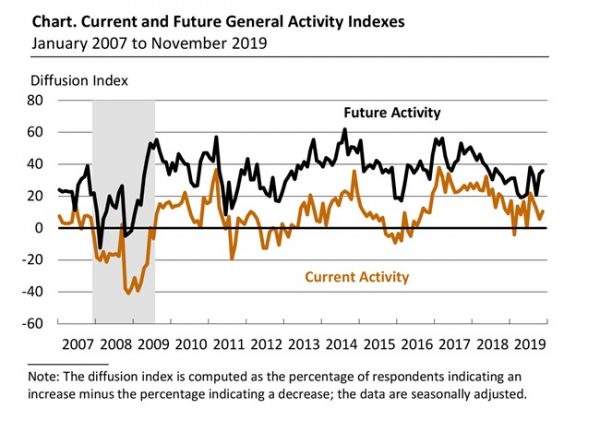
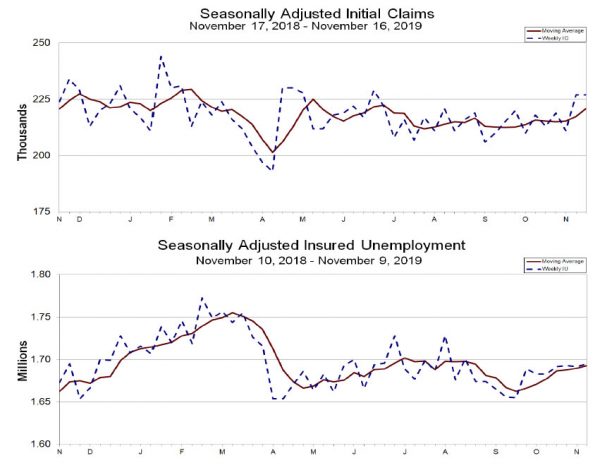
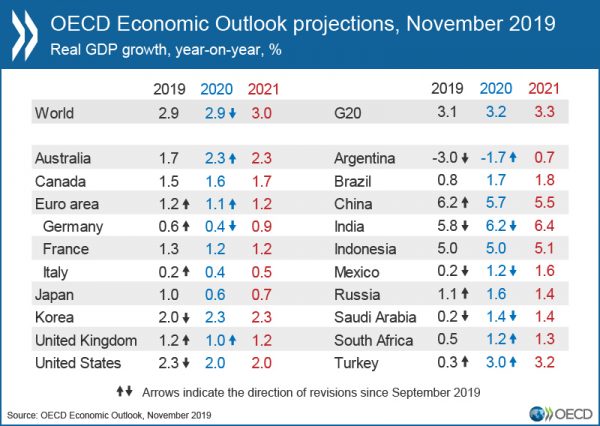

China said very close to phase 1 trade deal with US, committed to phase 2 and beyond
The Global Times, China’s hawkish tabloid run by the ruling Communist Party’s official People’s Daily, said in a tweet that US and China are “very close” to the phase one trade deal. China “remains committed to continuing talks for a phase two or even a phase three deal”with US “on equal footing”.
Foreign ministry spokesman Geng Shuang also reiterated that China hopes to work with US on a basis of equality and mutual respect on the ongoing bilateral trade negotiations.
The comments came after Reuters reported that some Chinese and US officials believed the ambitious “phase two” trade deal is looking less likely as the two countries struggle to strike a preliminary agreement.